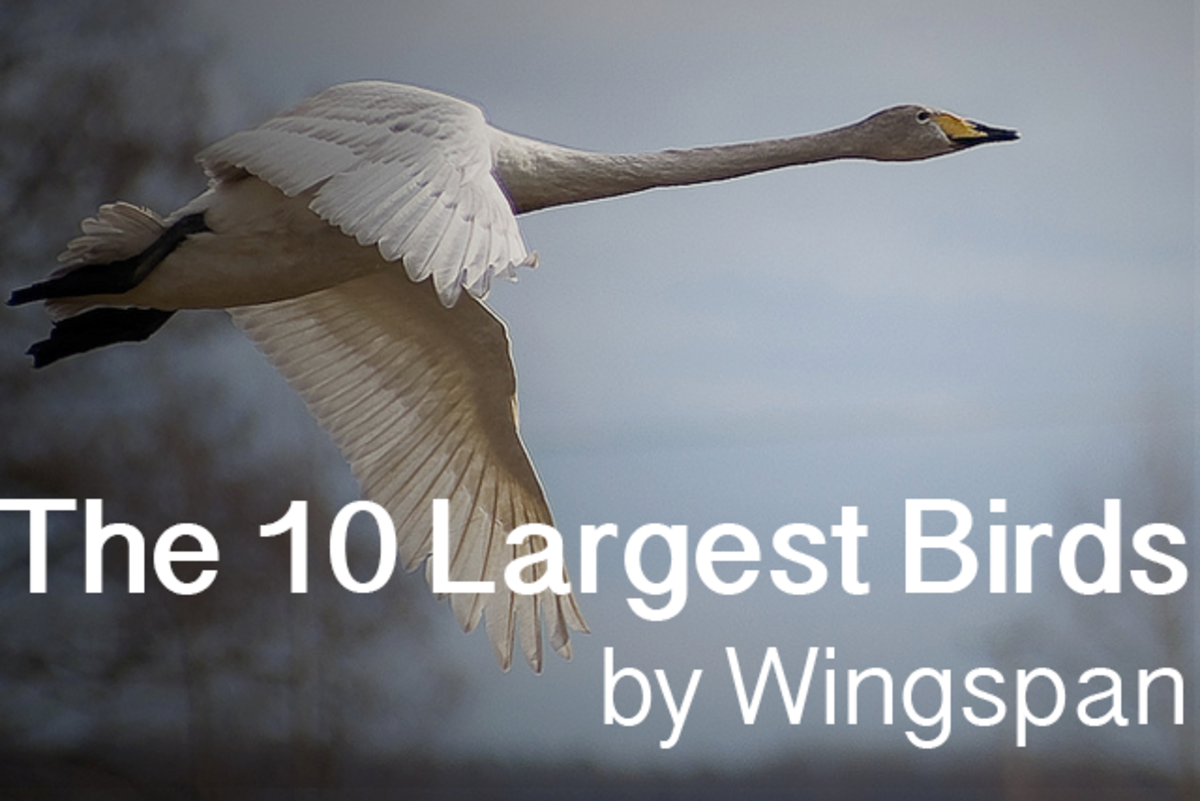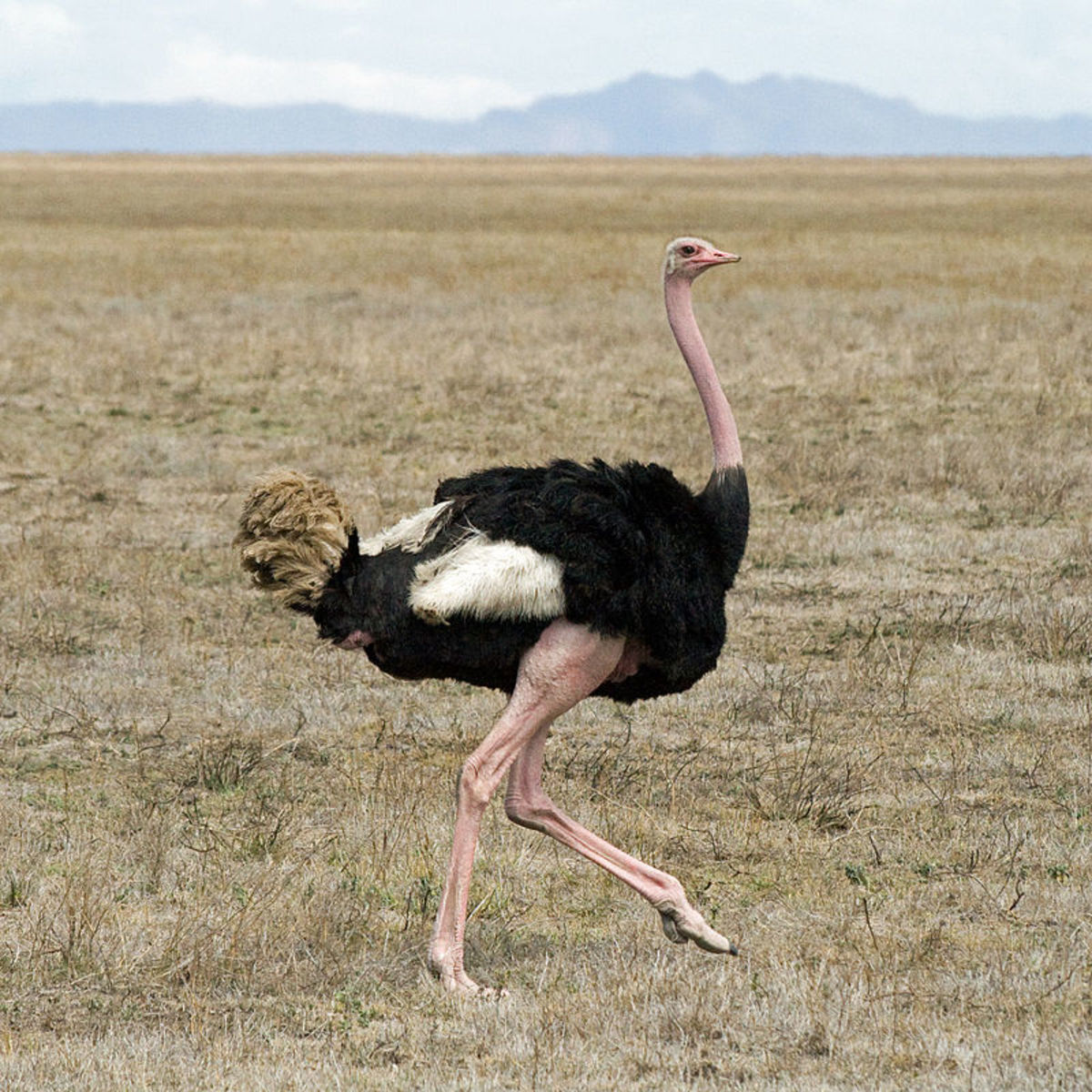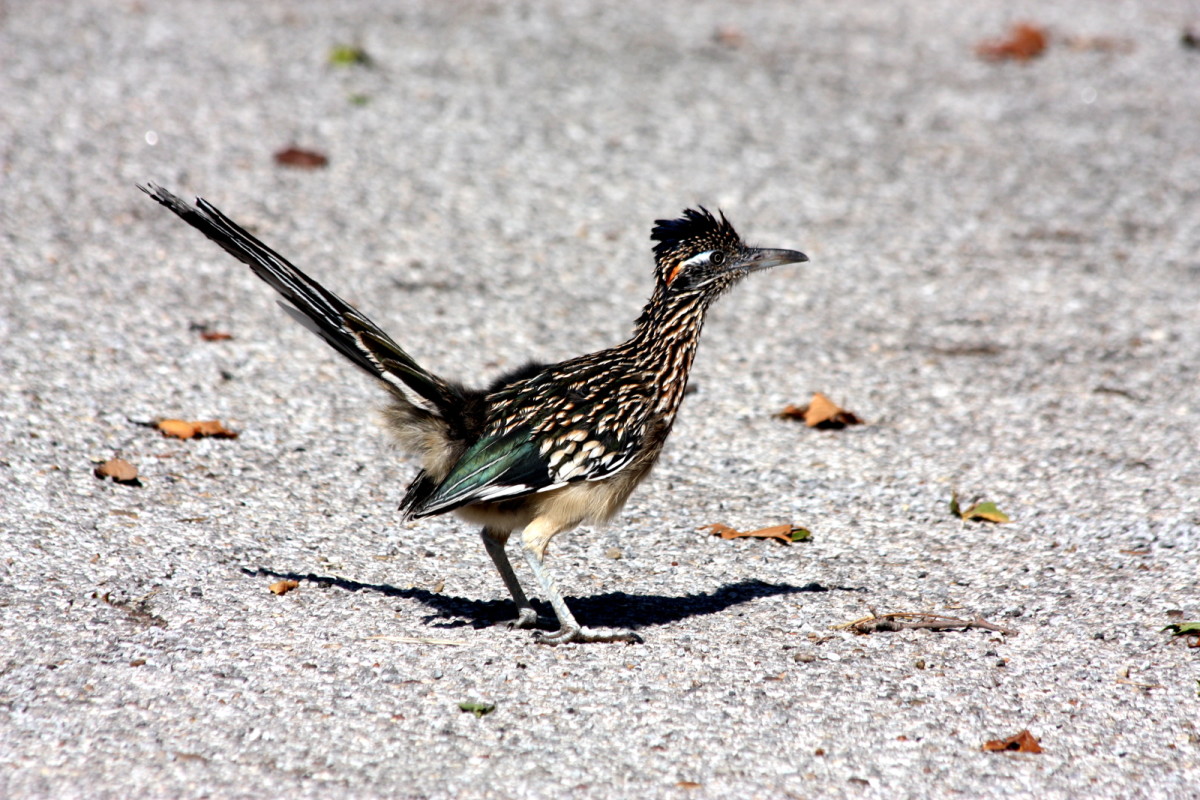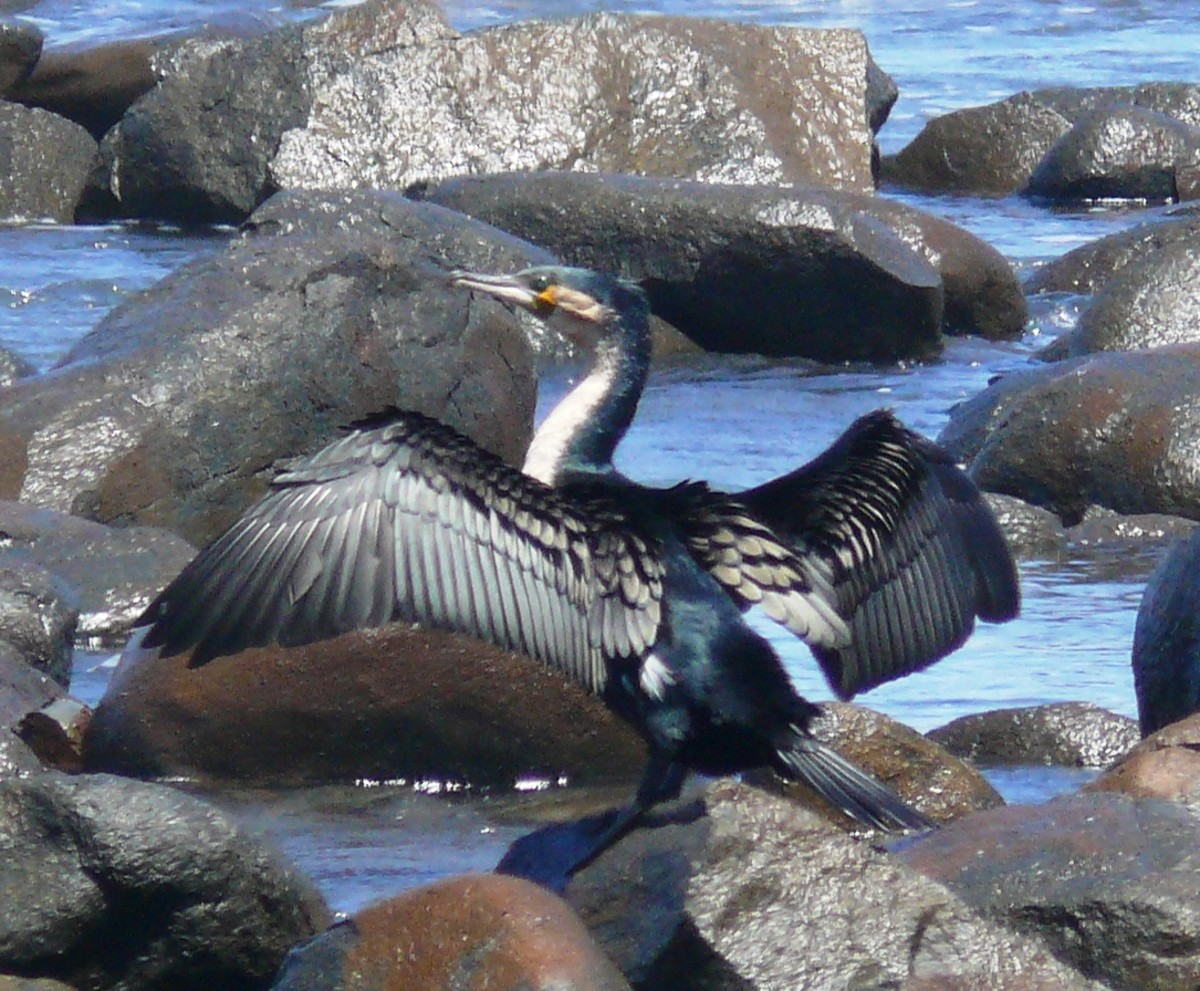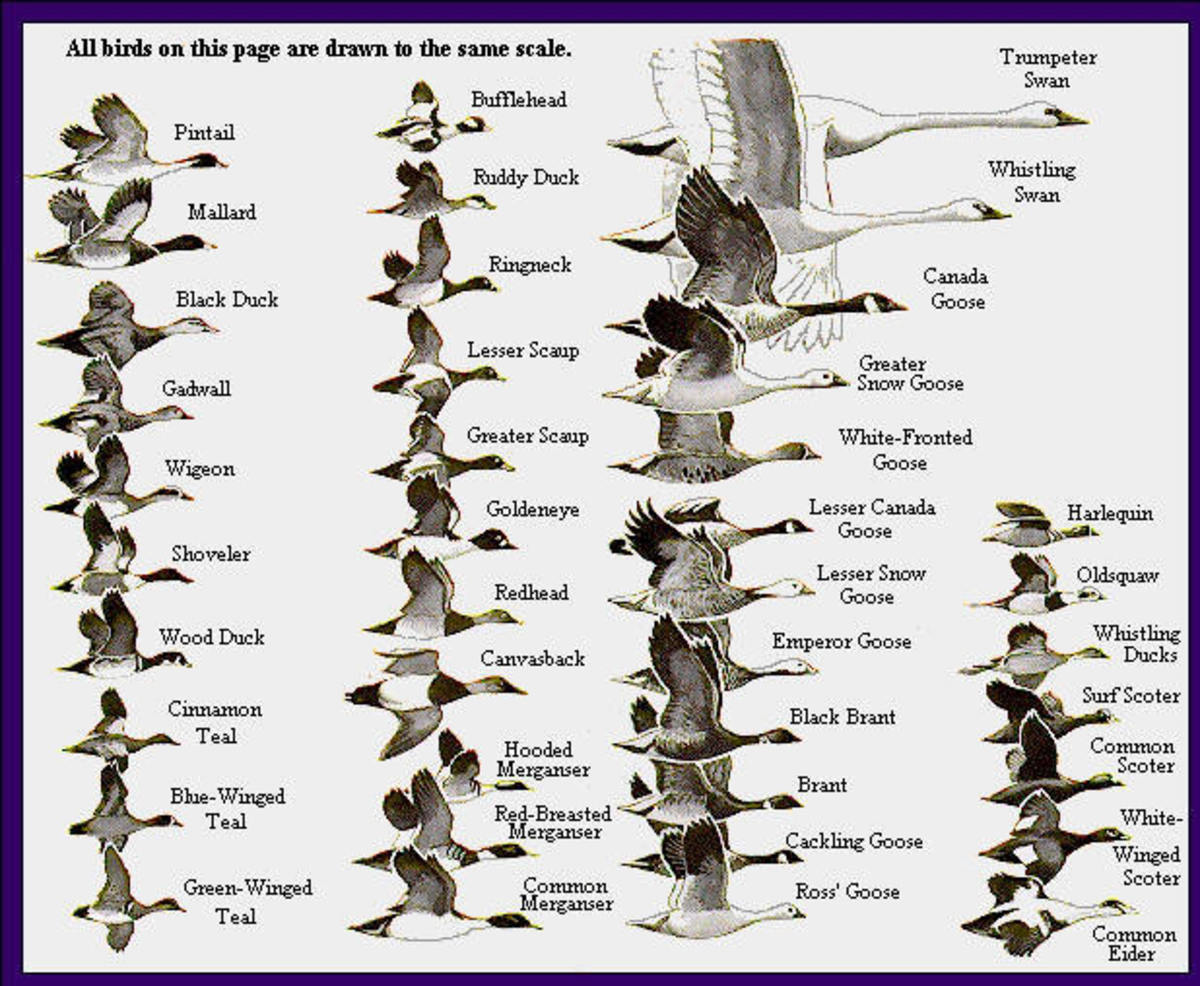Life Of A Bird
Red-checked cordon bleu Uraeginthus

Introduction To Birds
Birds are the most colorful and vibrant creatures if you ask me. There are so many different species of birds and their varieties are obvious with all their distinct colors and patterns. When dinosaurs ruled the world, there were no birds. Birds are rookies in the cycle of evolution and have yet to fully evolve like us all. The oldest bird ever found was termed "Archaeopteryx" which had a reptilian physic yet had fathers. Birds learned to survive throughout the several millenniums but they did it like no other animal can. By flying they were able to reach habitats other types of animals couldn't reach.
Birds can be real tall or real small. The tallest of them can reach up to 8ft, via the legs of an ostrich or as small as a finger, the size of a hummingbird. Birds are so diverse that they have five classification factors: Class, Order, Family, Genus, and Species. Birds are warm blooded animals that learned how to establish power flight which is only matched by bats and insects.
Anatomy Of A Bird
Every feature of a bird has evolved to make flying possible. They are warm blooded creatures that have made it where most animals can not reach. Their small teeth and beaks (compared to weight) is for best flight possible. With fused together bone structures, birds have one of their strongest bones in their neck. The wing sockets are braced apart by the clavicles , or collar bones, which are fused together to formulate the furcula or wishbone. Because the wings cannot support a bird on the turf, there are a variety of important modifications in the skeletal area that enables the bird to walk on its hind legs. Like the skeleton, the musculature is modified for flight with the most important muscles being the flight muscles. There are two pairs of flight muscles. The larger pair of the two is known as pectoralis major which provides the best down-stroke. The upstroke named pectoralis minor, requires less energy and is directed by contraction of the second pair of flight muscles.
The reproductive organs of a bird is not very different from those of mammals. Fertilization occurs inside the female's body and the male has an evertible cloaca to enable introduction of the sperm into the female. Certain birds such as the ratite birds, swans, ducks and geese, have a penis. A bird's egg is composed of a single cell. There are 3 essential components to an egg: the yolk, the egg white (aka albumen) and the shell. The yolk is where the protein and fat lies and it nourishes the embryo during it's latter stages of development.
Among the first organs to develop is the heart which will pump blood from the embryo through a network of blood vessels that run to the yolk. Food stored in the forming yolk is carried along to the embryo. Growth is quite rapid and just after a week of development
Archaeopteryx - The Earliest Recorded Bird
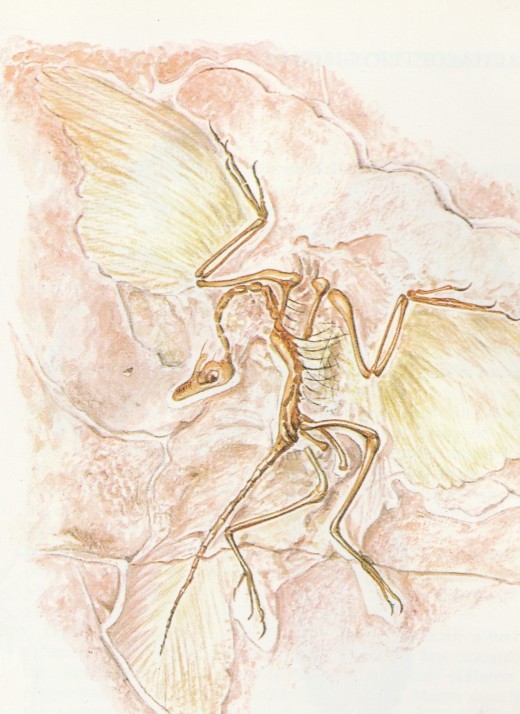
Early Bird Family
These are in order by age from oldest to newest species recognized.
Bird Class: Archaeopterygiformes (The fossil link between reptiles and birds. Only five skeletons have been discovered)
Bird type: Archaeopteryx
Age: 150 million years ago.
Archaeopteryx lithographica is the earliest bird and is the only representative of its family. The species remains are a mixture of features typical of both birds and reptiles. Archaeopteryx was the size of a large crow bird and had limited power of flight maneuver.
Bird Class: Hesperornithiformes
Bird Species: Hesperornis, Enaliornis, and Baptornis which are extinct marine birds whom fossils have been found in Montana and Nebraska, USA.
Bird Class: Ichthyornithiformes - Unlike living birds these extinct species were equipped with teeth.
Bird Species:
Ichthyornithiformes - Ichthyornithidae
Apatornis - Apatornithidae
Bird Class: Struthioniformes
Bird Species: Ostrich
Bird Class: Rheiformes
Rheas - Rheidae
Bird Species: Casuariiformes - flightless birds with perculiar quills on their wings
Bird Class: Cassowaries - (Casuariidae) and Emu (Dromaiidae)
Bird Species: Aepyornithiformes - extinct ostrich type birds exclusive to Africa
Bird Class: Elephant Birds - (Aepyornithidae)
Bird Species: Dinornithiformes - Huge birds from New Zealand. One or more species have survived until just about a century ago
Bird Class: Moas (Dinornithidae) and Anomalopteryx (Anomalopterygidae)
Bird Species: Apterygiformes - These nocturnal flightless birds are the national emblem of new Zealand
Bird Class: Kiwis
Bird Species: Tinamiformes - Patridge-like birds most likely related to the rheas
Bird Class: Tinamous - (Tinamidae)
Bird Species: Sphenisciformes - Seabirds almost entirely to the southern hemisphere. The largest one known stands 3 feet tall
Bird Class: Penguins
Bird Species: Gaviiformes - Aquatic birds known as divers or loons that need a lengthy passage for a take-off
Bird Class: Divers (LOONS) - Gaviidae
Bird Species: Podicioitiformes - Aquatic birds with elaborate courtship rituals
Bird Class: Grebes
Bird Species: Procellariiformes - Large seabirds with a wingspan measuring up to twelve feet
Bird Class: Albatrosses (Diomedeidae), Shearwaters (Procellariidae), Storm Petrels (Hydrbatidae) and Diving Petrals - (Pelecanoididae)
Bird Species: Odontopterygiformes - Extinct long-winged seabirds who pose many unanswered questions
Bird Class: Bony-Tooths (Odontopterygidae) and False-Toothed Birds - (Pseudodontornithidae)
Bird Species: Pelicaniformes - Large birds with webbed feet that like to fish or steal their food
Anatomy Of A Bird
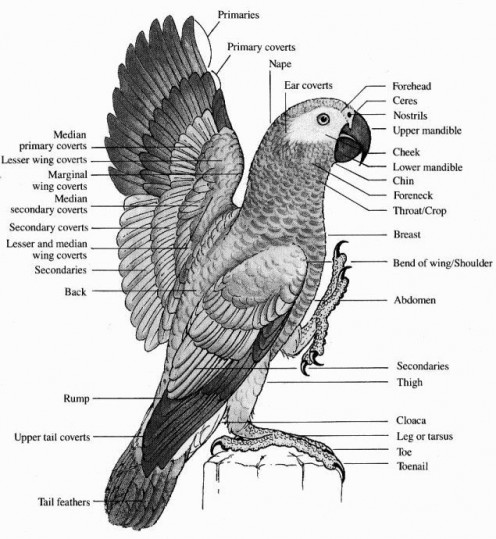
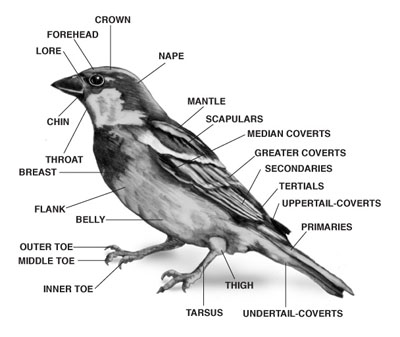
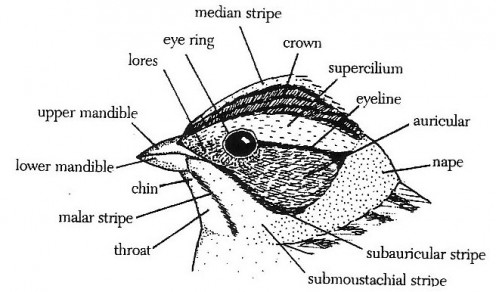
Omnivores - Birds
Omnivores are the jack of all trades type bird. This species of bird is know to have the ability to tackle all types of food and digest it well. These are known as scavenger birds like the the Europen Nuthatch Sitta europea which eats a wide variety of insects in the summer but feeds on seeds and nuts during the winter season. Carrion Crows, Magpie Pica, Acorn Woodpecker, and the House Sparrow are as well just to name a few.
European Nuthatch Sitta

Birds Of Prey
Birds Of Prey are two orders of birds, the falconiformes and the Strigiformes. The largest birds of prey are the eagles, condors and vultures. The largest of the three can reach wingspans up to eight to nine feet. Not all these type of birds kill their prey which depends on their location. Their are many types of these three bird types and can differ in sizes and colors with many variations. In many species the size factor is dependant on the sex of the bird.
Stellar sea eagles, Swallow tale Kite, Scops owl, and Bateleur eagles are well known birds of prey.

